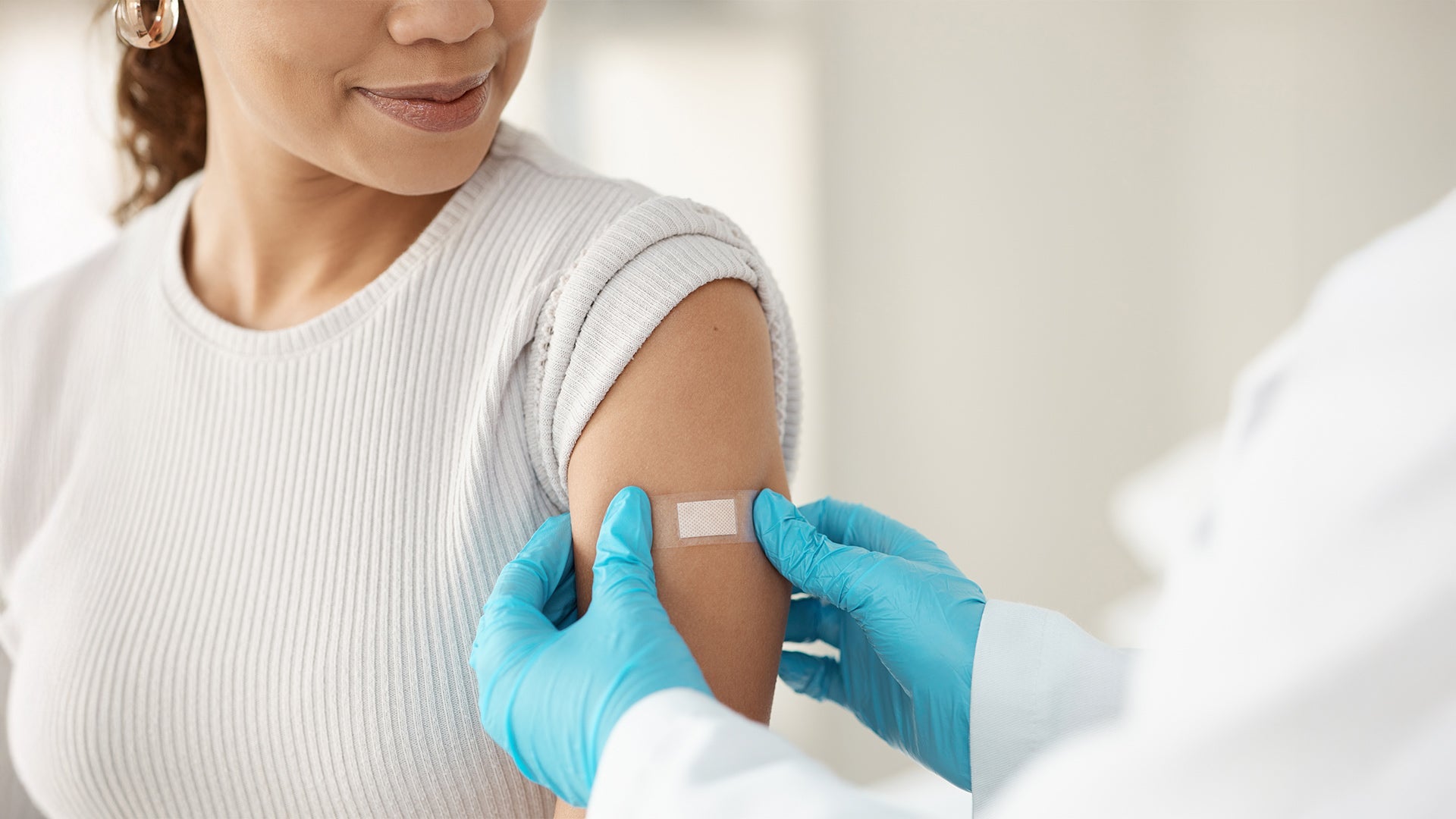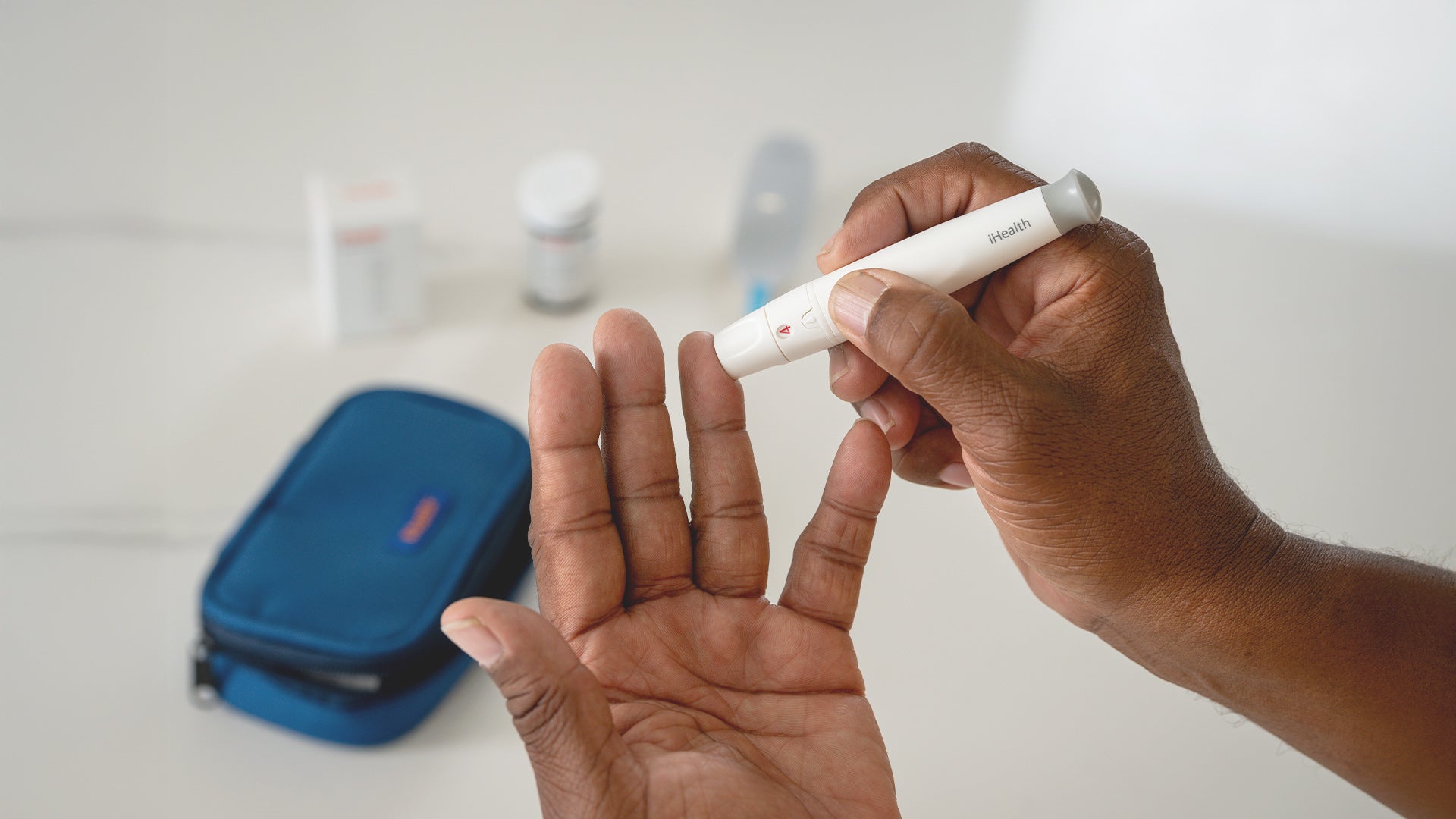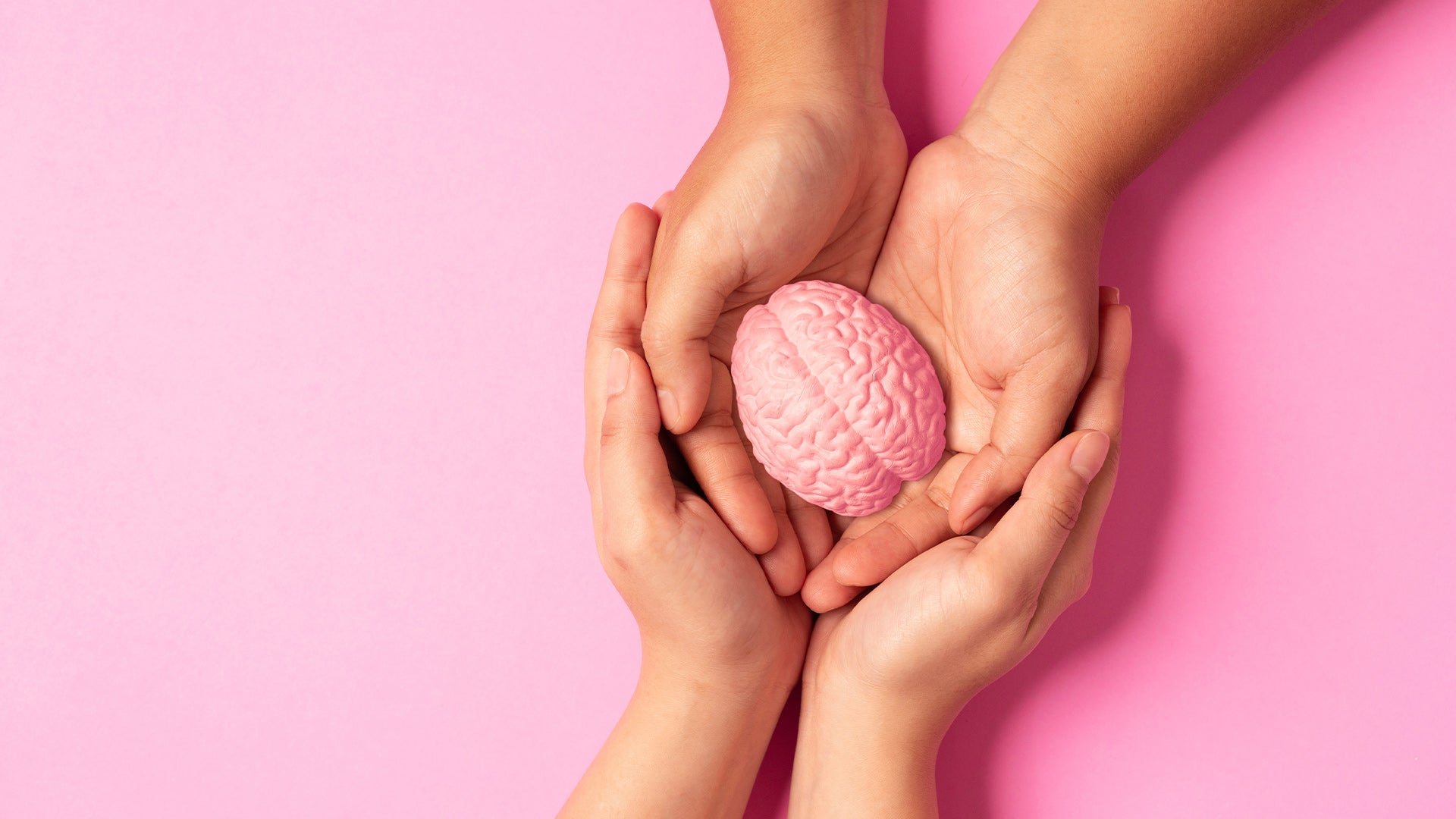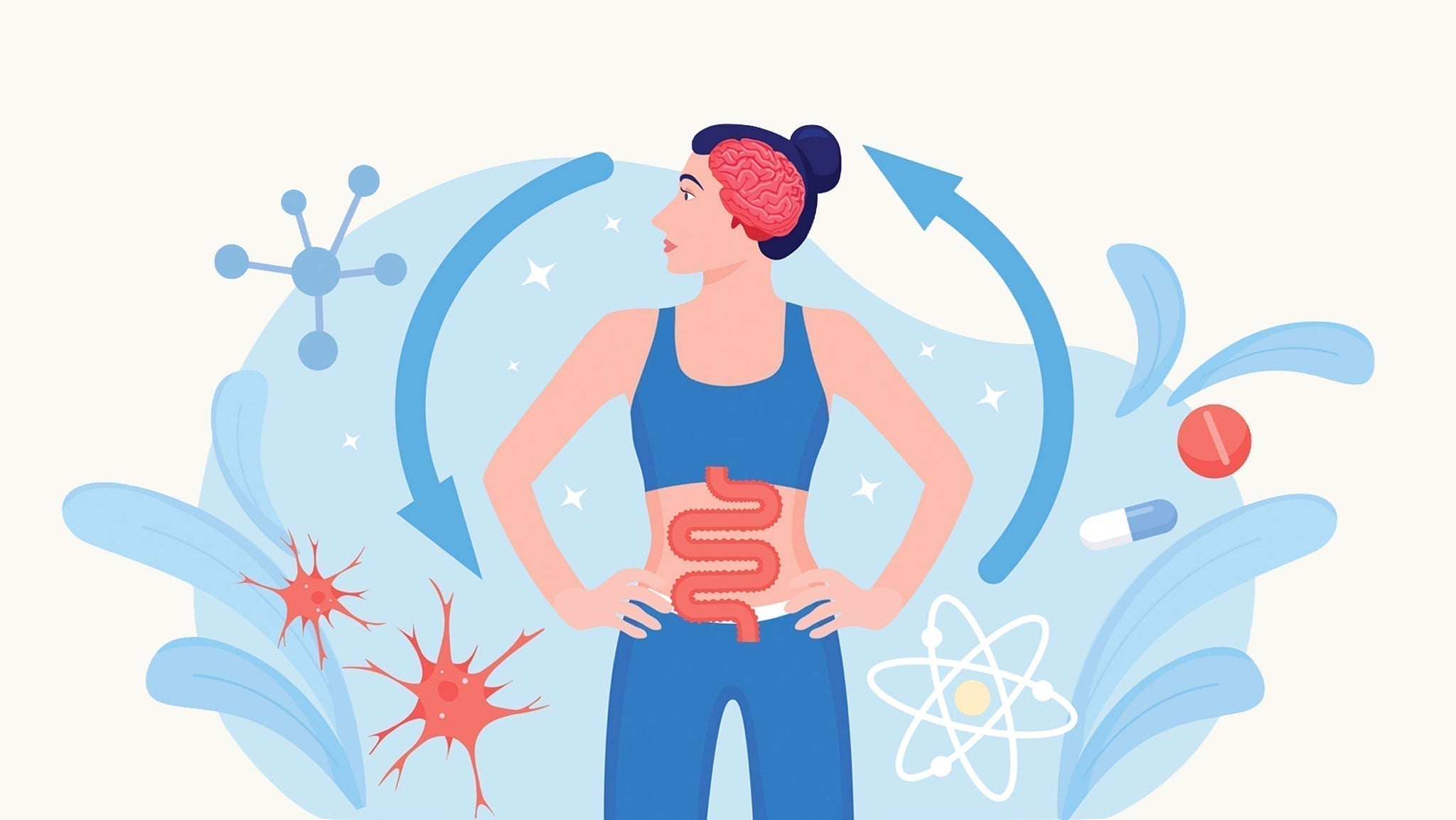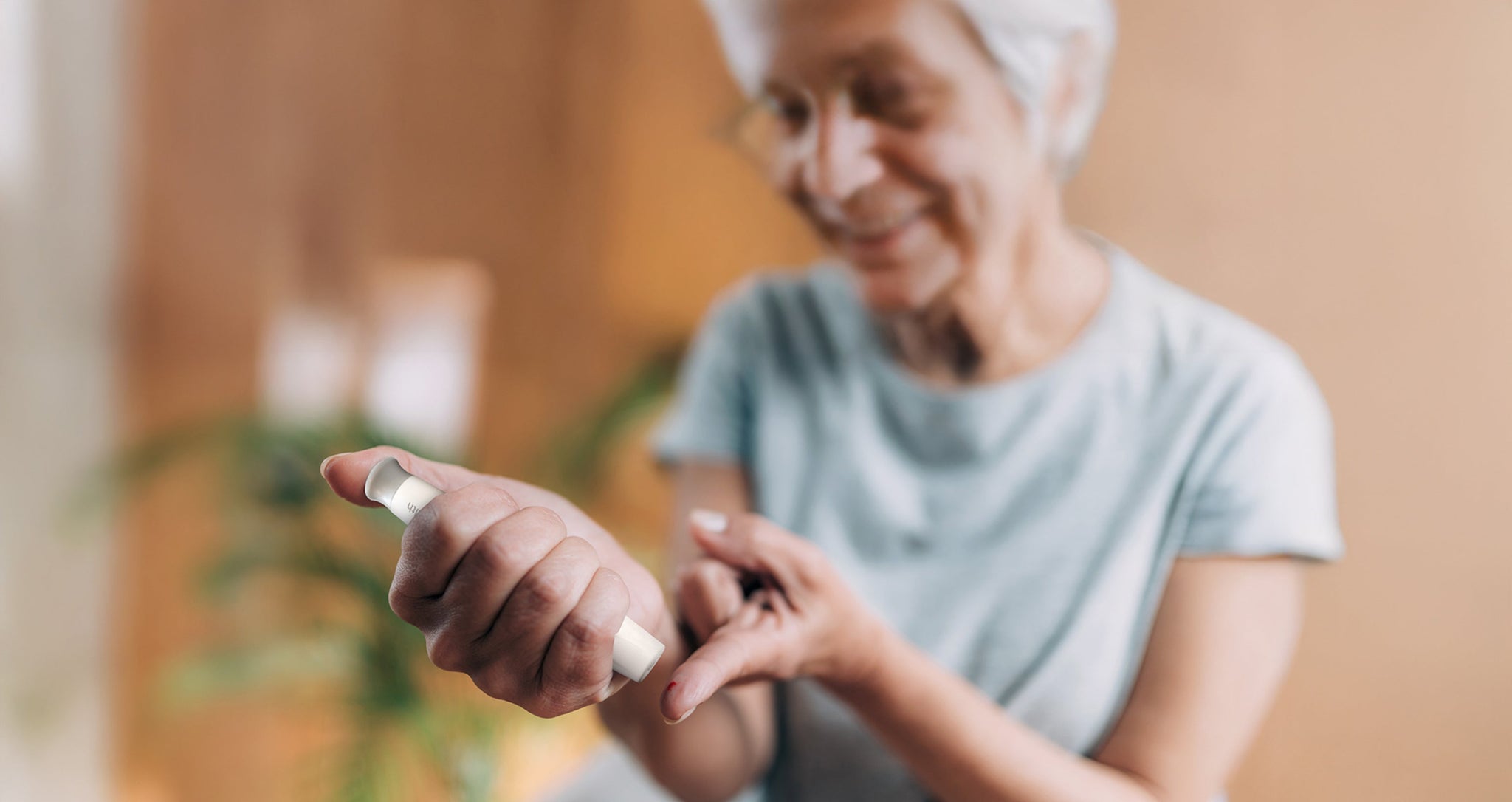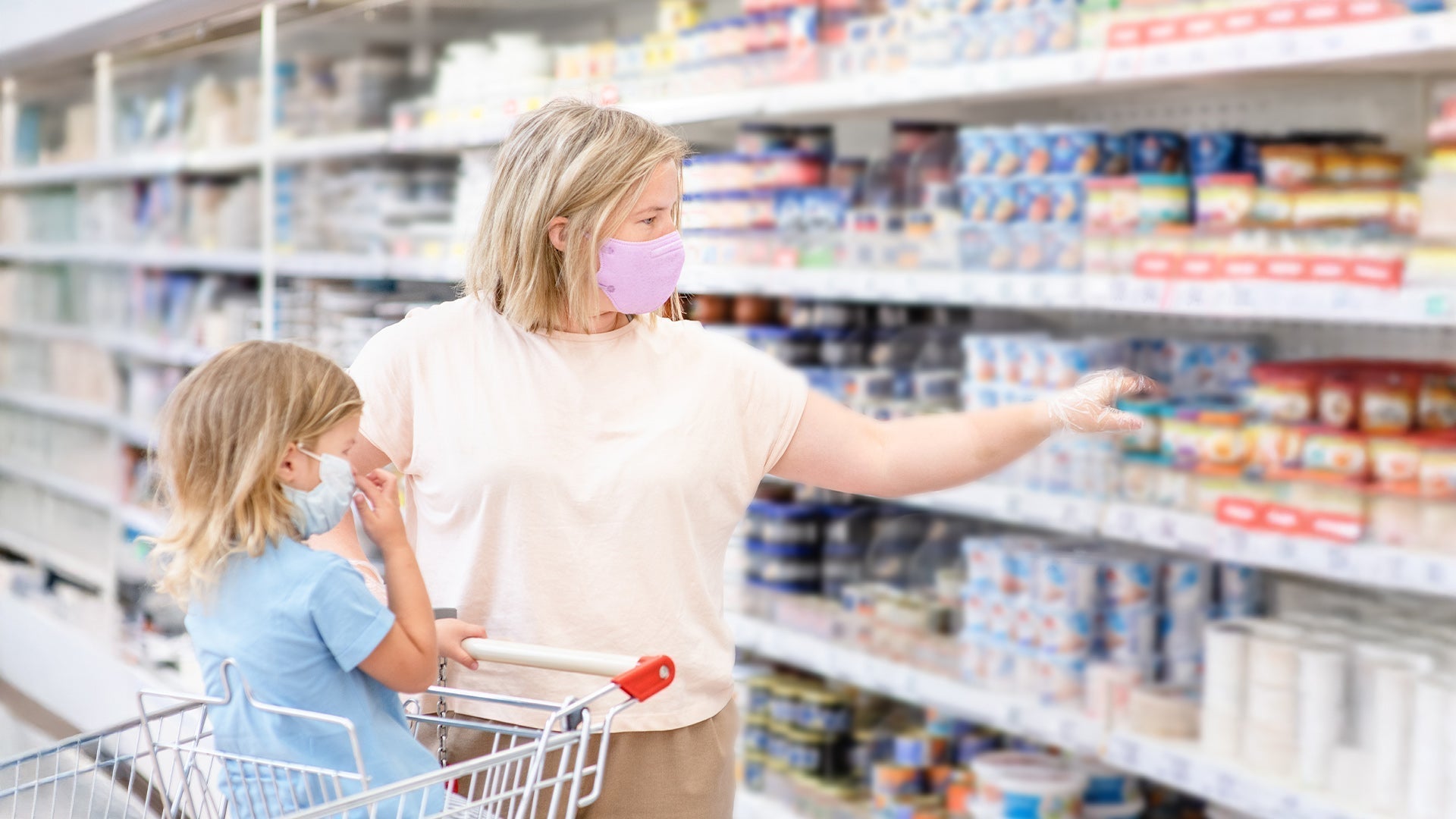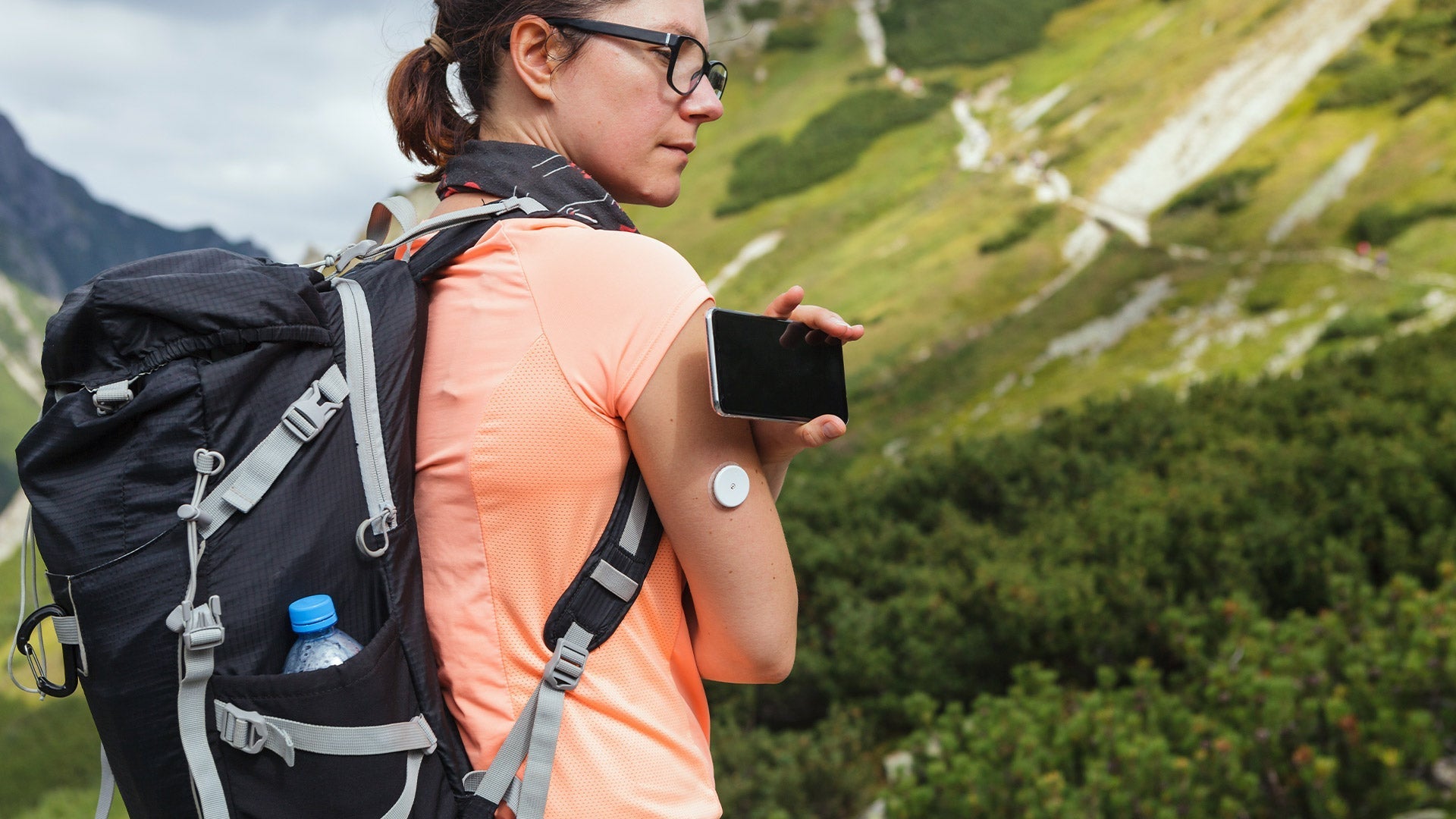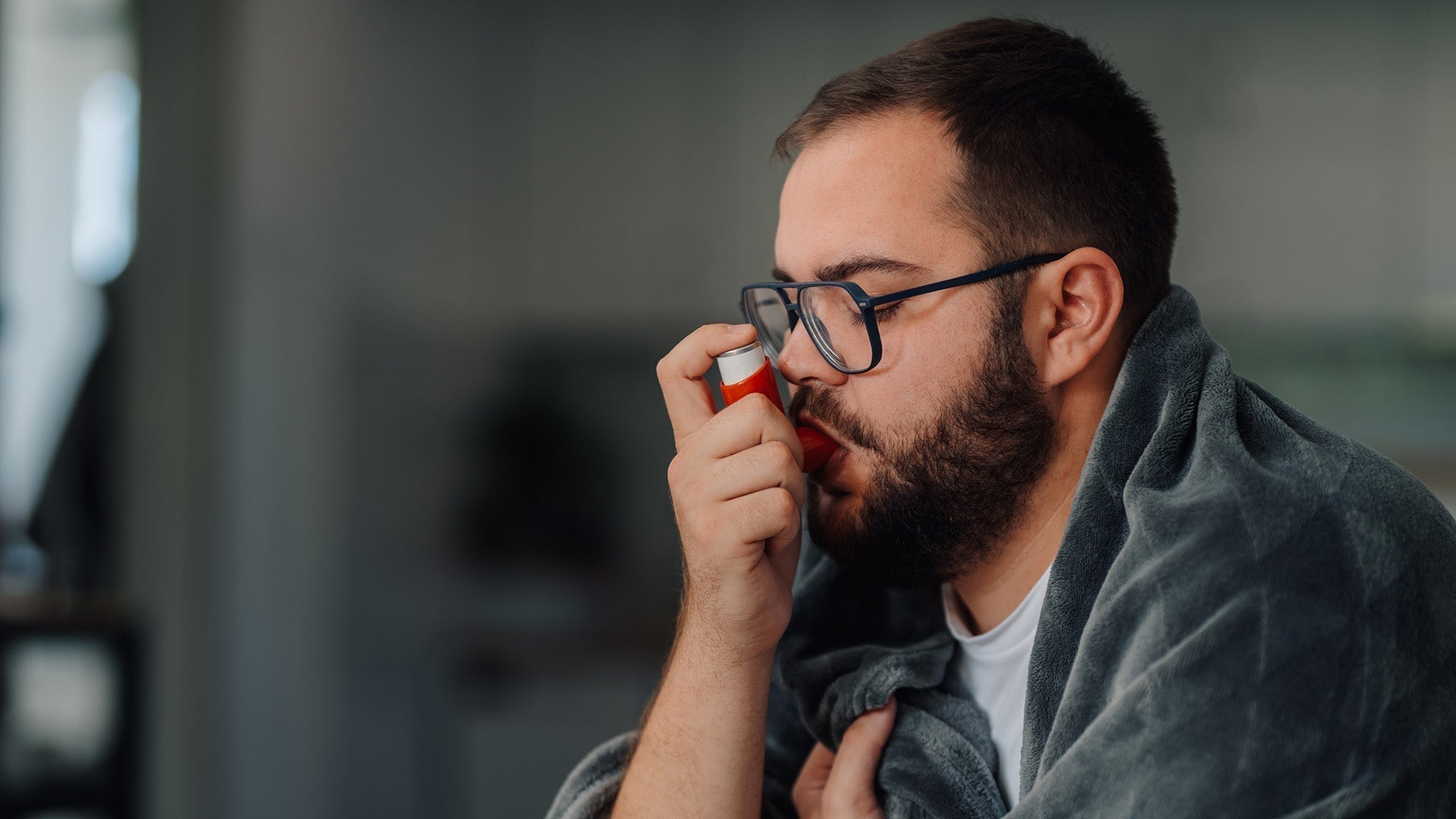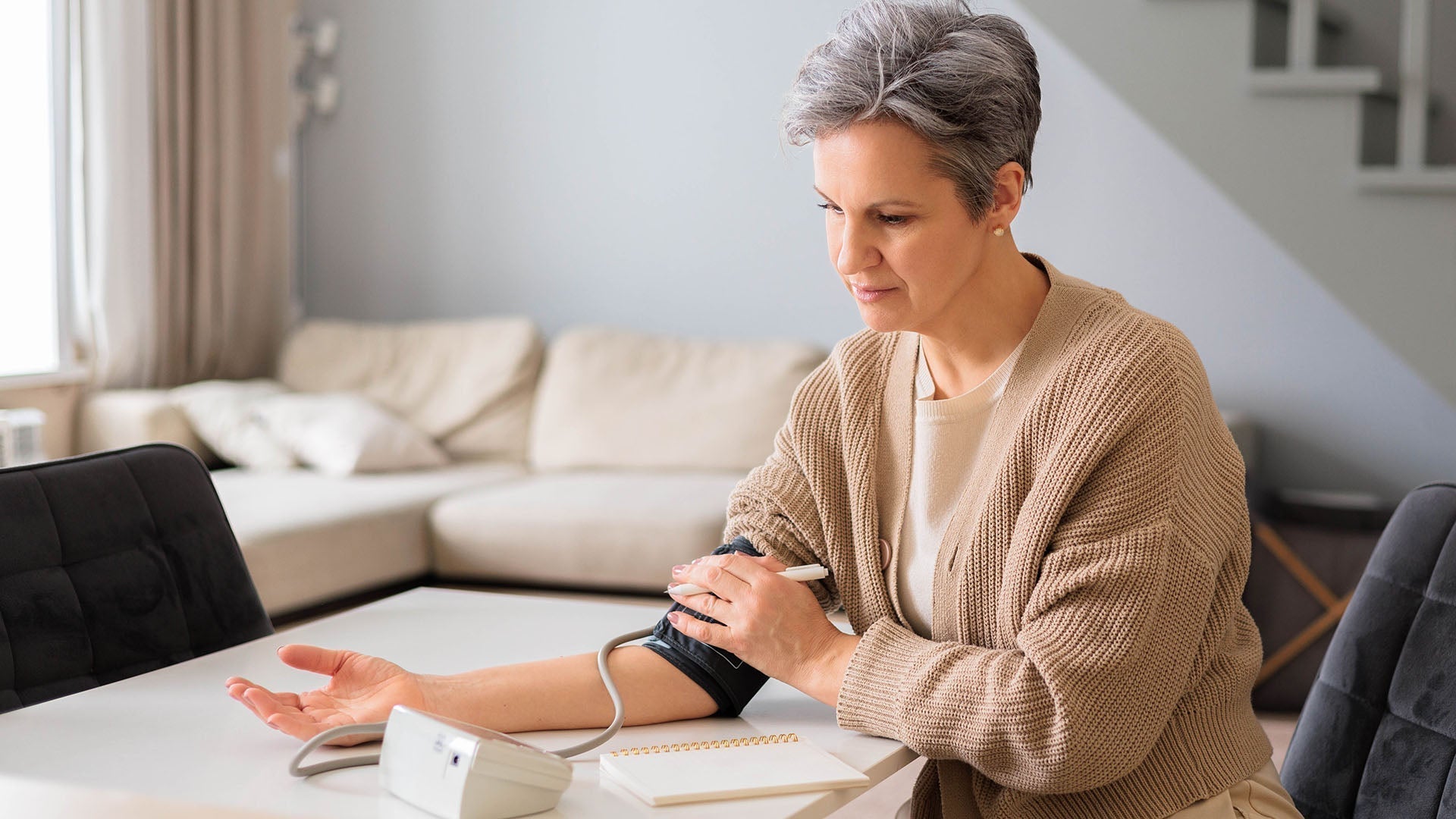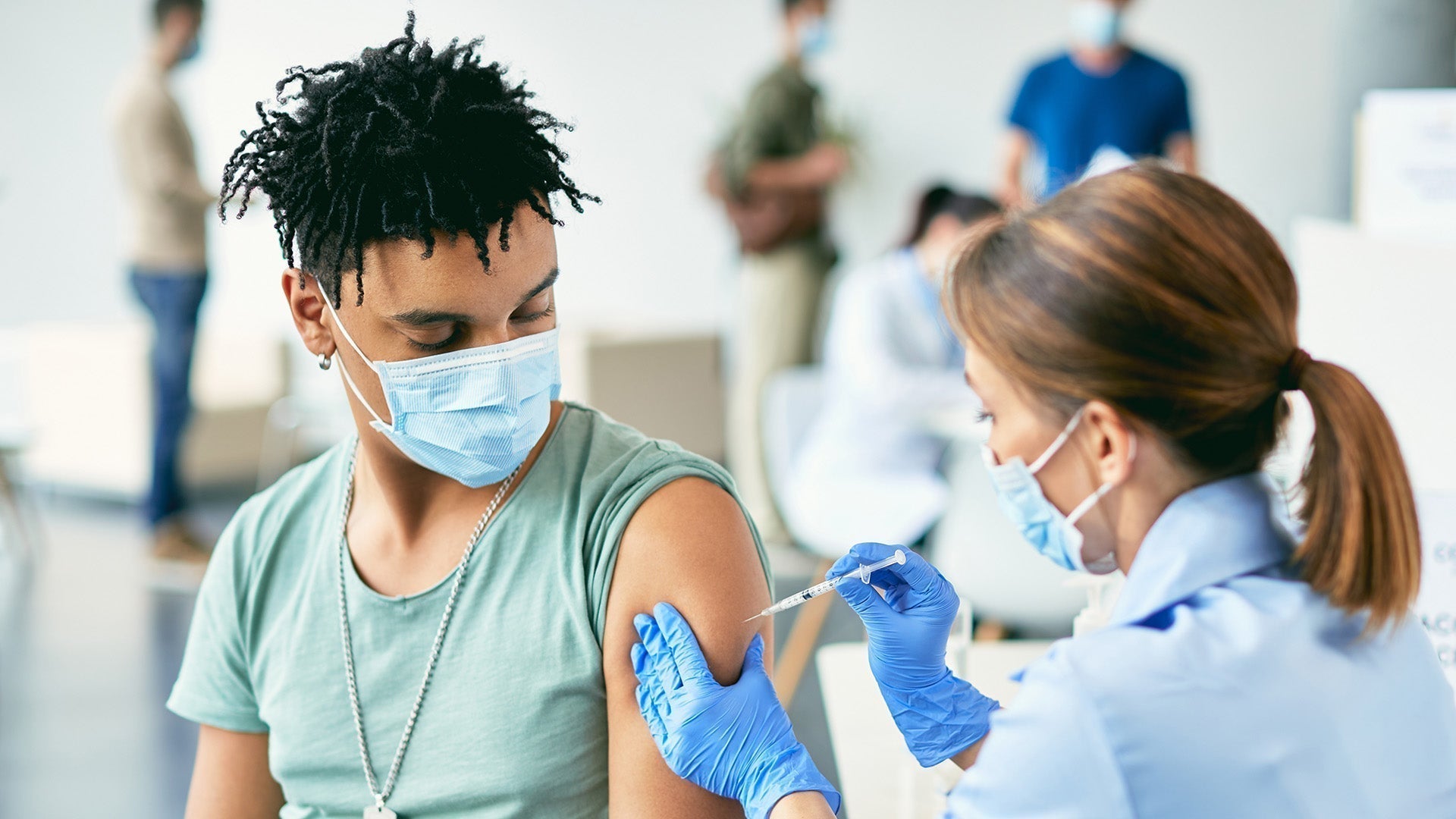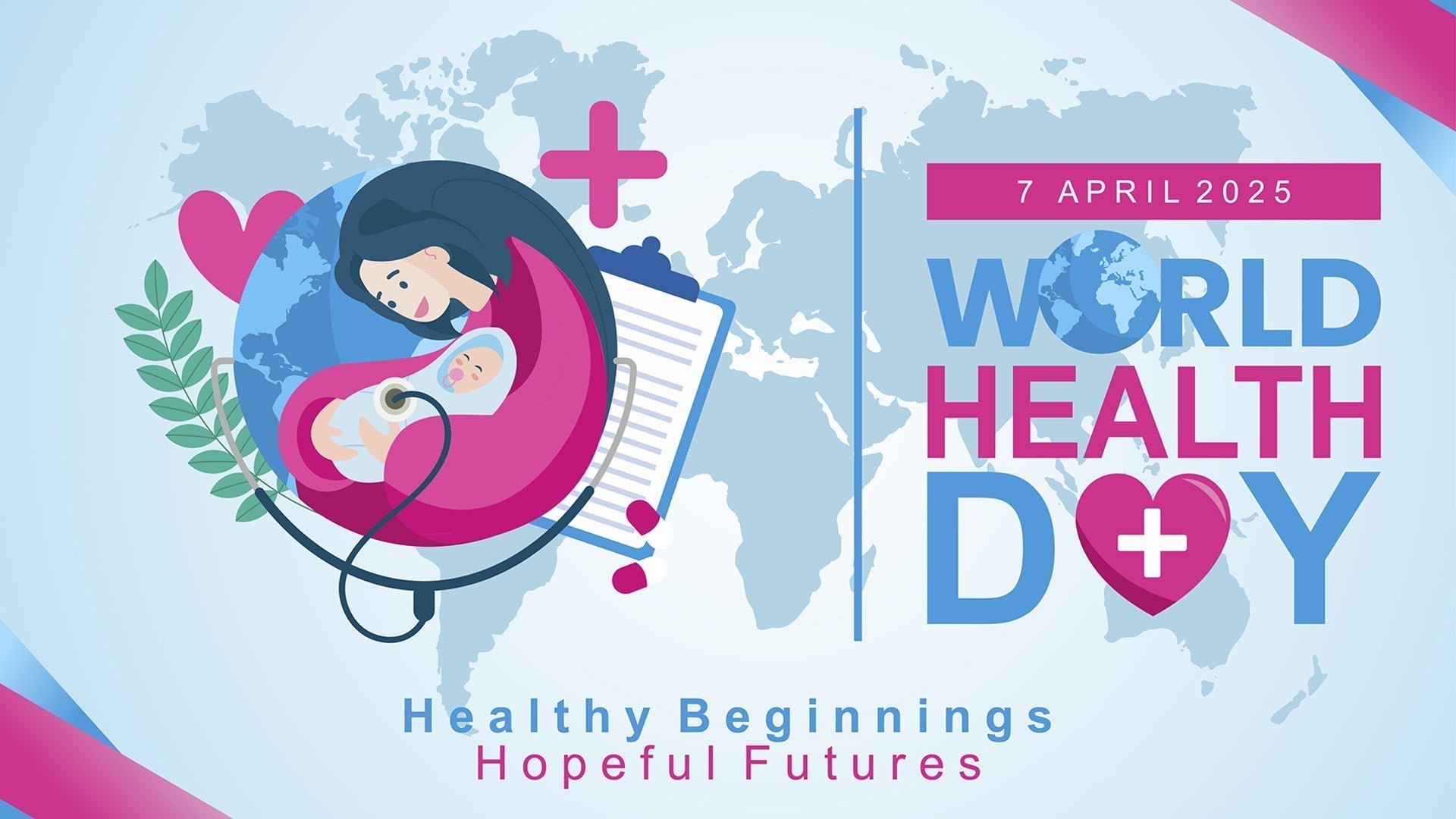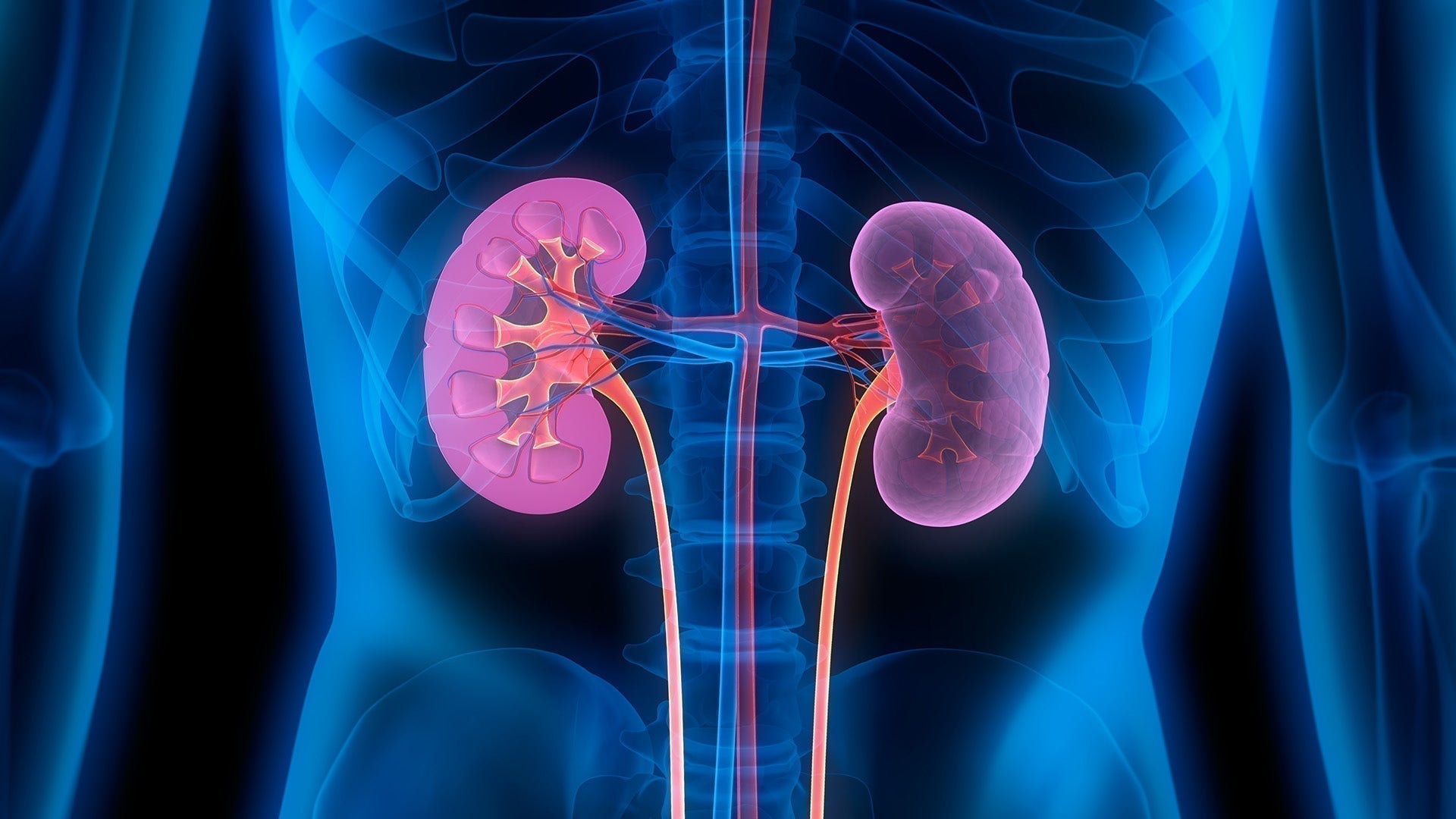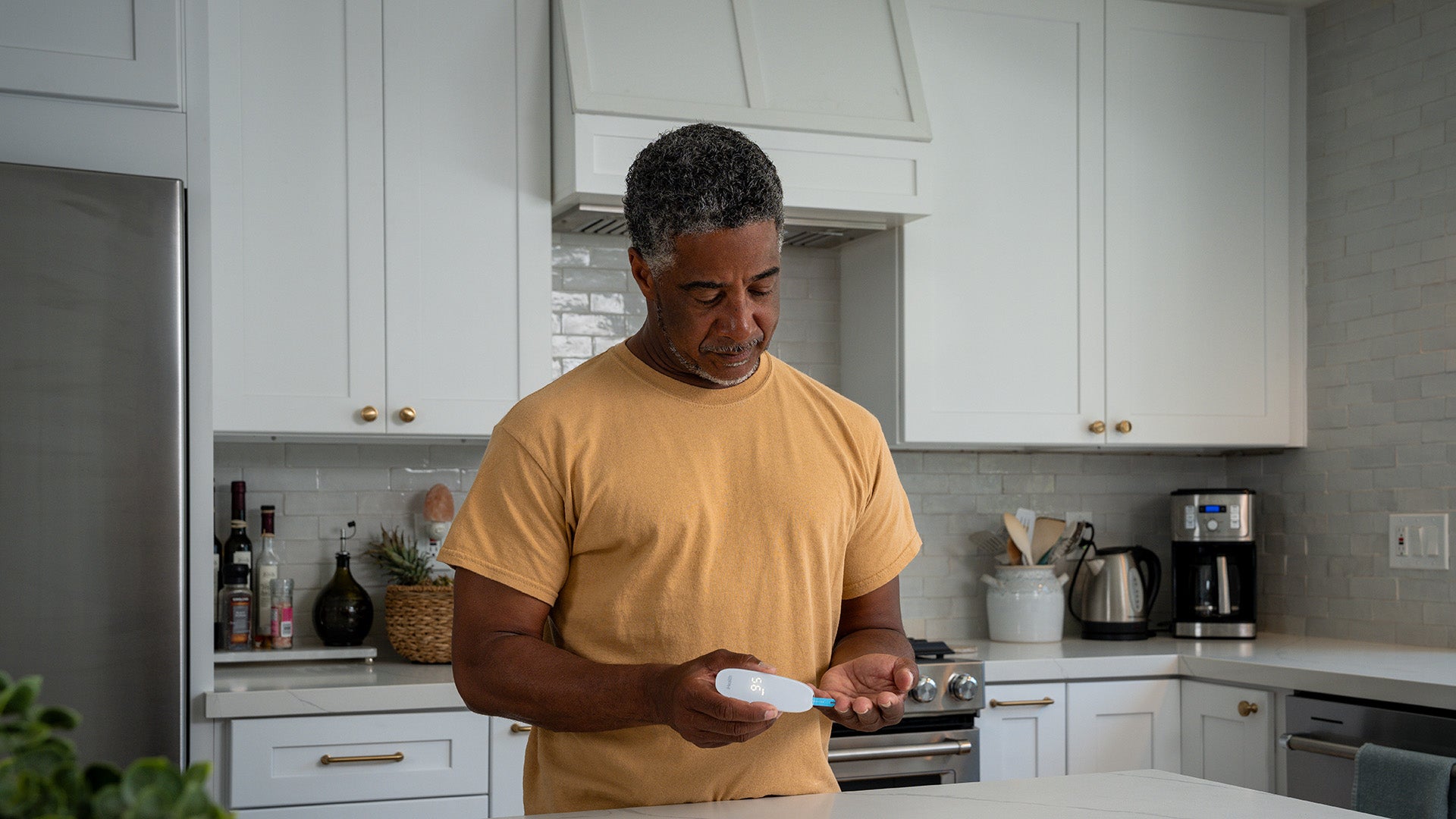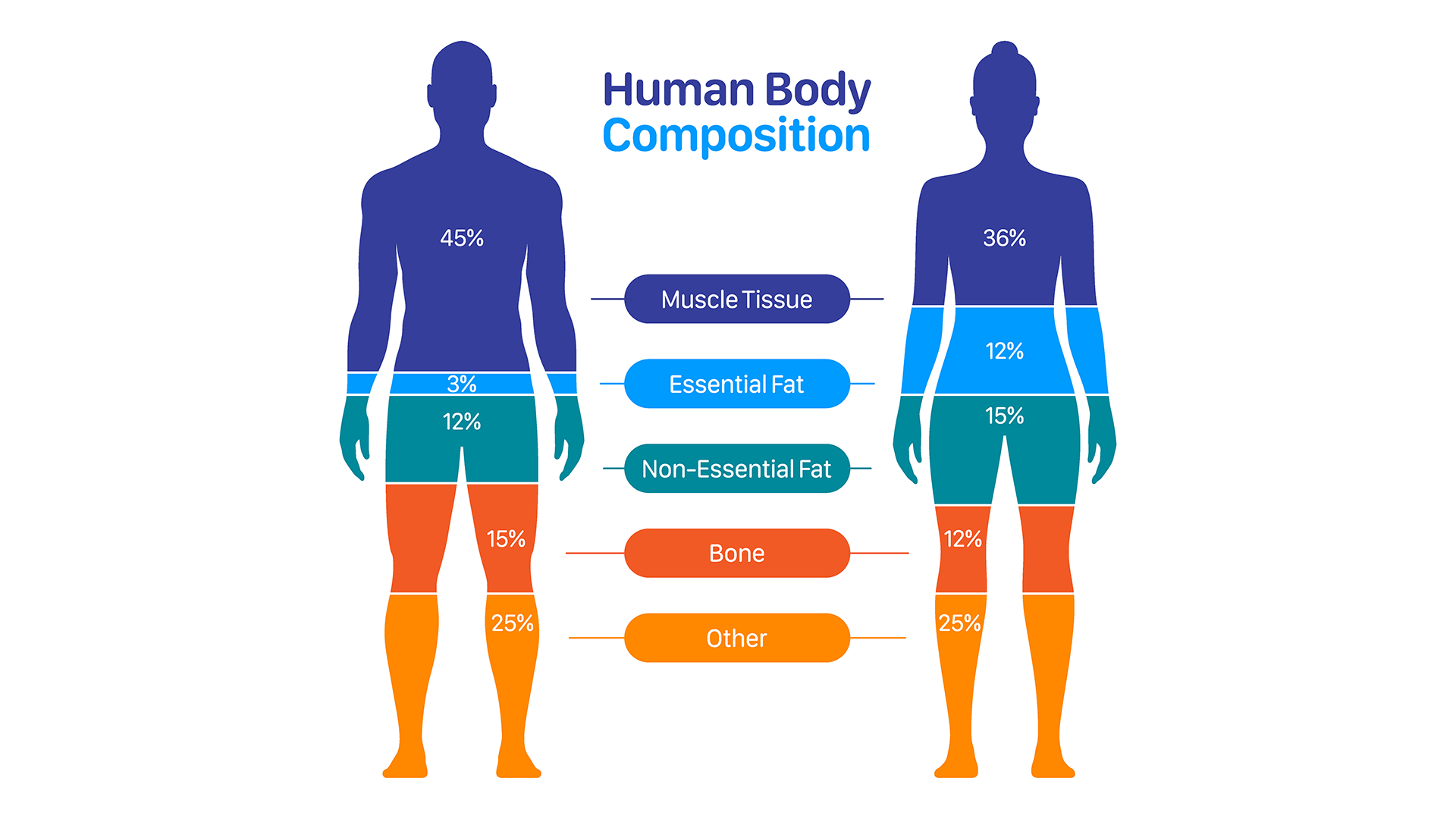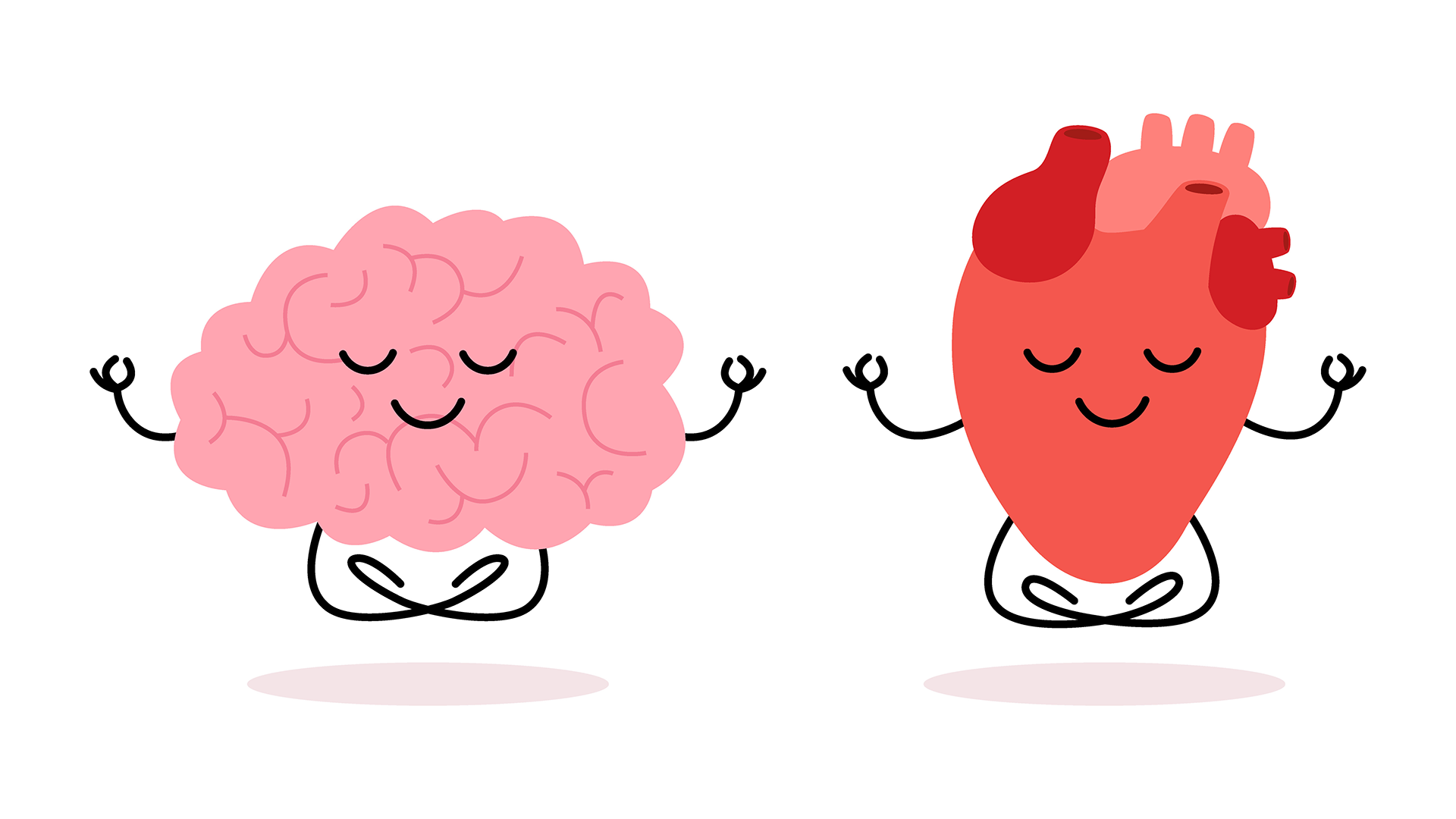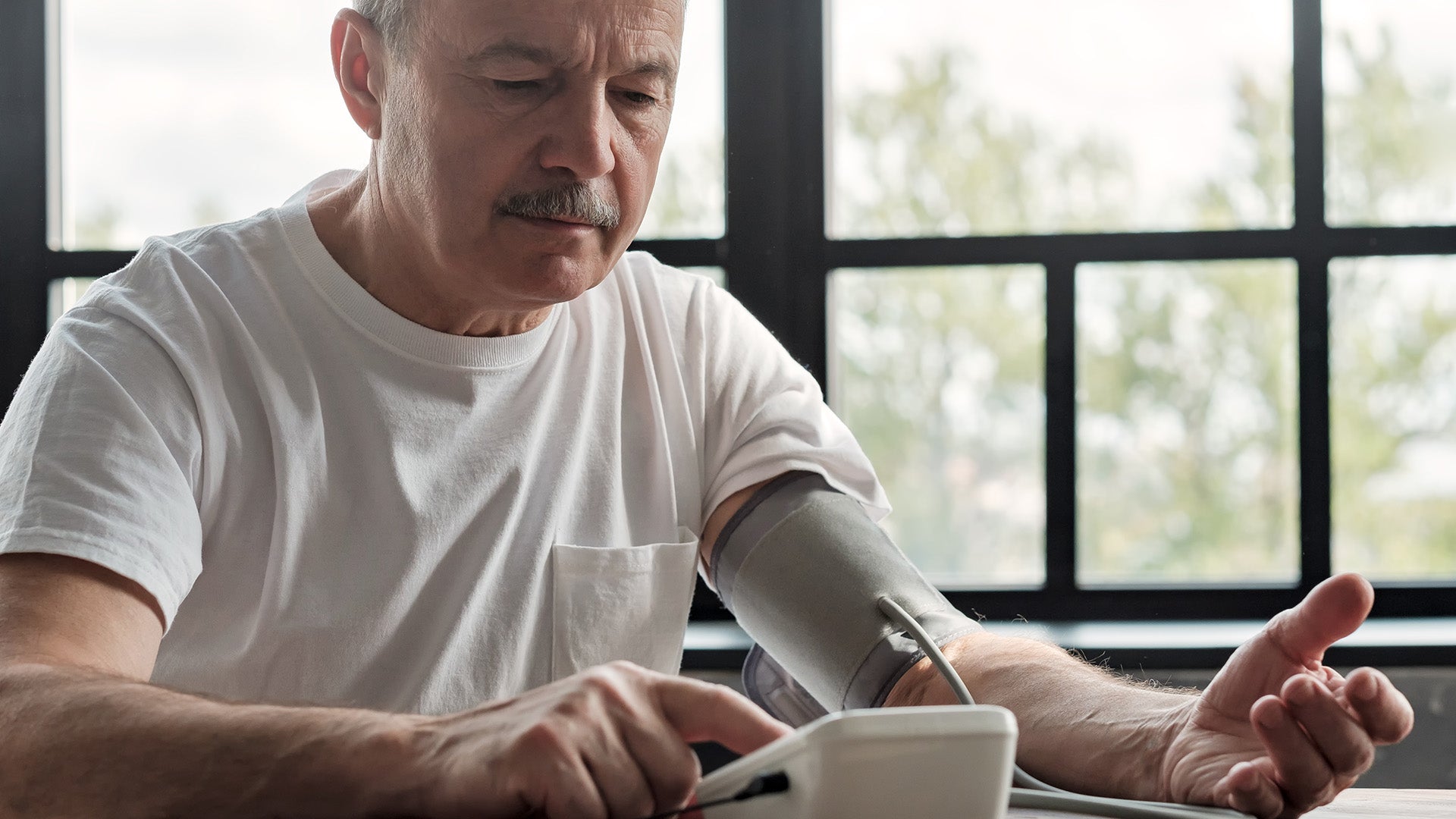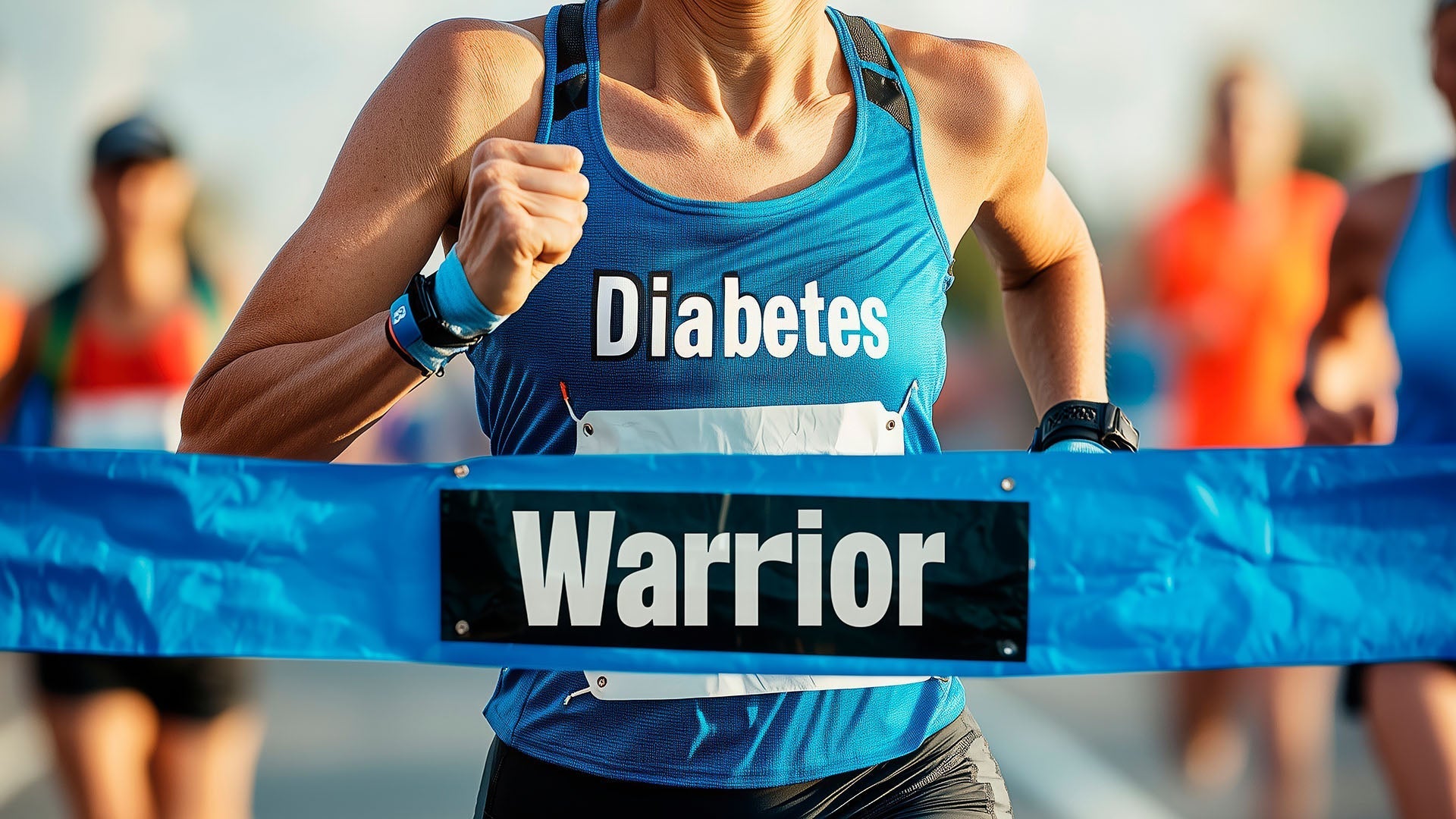Learn Your Way
to A Healthier Life
 There’s a common belief that breast cancer is mostly about genetics and that if it runs in your family, there’s not much you can do and if it doesn’t, you’re probably in the clear. But it’s a bit more nuanced. A large study of twins found that only about a third of breast cancer risk comes from inherited genes. The BRCA-1 and BRCA-2 genes, which get the most attention, account for about 5% to 10% of breast cancer cases in the U.S.
There’s a common belief that breast cancer is mostly about genetics and that if it runs in your family, there’s not much you can do and if it doesn’t, you’re probably in the clear. But it’s a bit more nuanced. A large study of twins found that only about a third of breast cancer risk comes from inherited genes. The BRCA-1 and BRCA-2 genes, which get the most attention, account for about 5% to 10% of breast cancer cases in the U.S.
So, what about the other two-thirds of breast cancer cases? They have less to do with genetics and more to do with a mix of other factors, including everyday exposures that can influence whether and even when breast cancer develops. Unlike genetics, some of these factors can be adjusted or avoided.
This Breast Cancer Awareness Month, we’re shifting the focus to prevention and the everyday choices that can help women lower their risk of breast cancer long before screening begins. Here are some common exposures linked to breast cancer and how to mitigate them.
1) Certain Household Products
Walk through your home and you’ll likely find products designed to make life easier, such as non-stick pans, stain-resistant furniture, air fresheners, and cleaning sprays. Many contain endocrine-disrupting chemicals (EDCs), which are natural or human-made compounds that can affect the body’s hormones. These chemicals don’t just stay in the products–they can shed over time and settle into household dust, where they’re easily inhaled or absorbed through skin contact.
In lab studies, certain EDCs have been shown to increase breast cancer risk because they mimic or interfere with the hormone estrogen, potentially leading to uncontrolled cell growth and tumor development.
Products to pay close attention to include:
-
Older couches, mattresses, and foam cushions with flame retardants
-
Non-stick cookware and stain-resistant sprays containing per- and polyfluoroalkyl substances (PFAS), sometimes called “forever chemicals” (they can build up in the body and may affect hormone function)
-
Scented cleaners, air fresheners, and some plastics with phthalates (chemicals used to make plastics flexible and help fragrances last)
Consider these practical swaps:
-
Skip air fresheners and switch to fragrance-free cleaning products
-
Replace non-stick pans with cast iron or stainless steel when it’s time for an upgrade
-
When replacing furniture, choose flame-retardant–free options
-
Reduce dust with a HEPA vacuum (it traps fine particles more effectively) or by wet-wiping surfaces, since many chemicals settle in household dust
-
Ventilate your home by opening windows when cleaning or cooking
-
Use the exhaust fan when cooking, especially if you use a gas stove
2) Some Food Packaging and Storage
The containers, wraps, and linings that touch your food can transfer EDCs into what you eat. In the U.S., many food additives and packaging materials can enter the market under “Generally Recognized As Safe” (GRAS) status, meaning they don’t always go through independent safety testing before landing in our food supply.
While that may be concerning, small adjustments to how you store, heat, and choose food can lower your risk over time. One study found that switching to fresh, unpackaged foods for just three days reduced phthalate and bisphenol A (BPA, a chemical used to harden plastic and line cans) levels by more than half.
Products to pay close attention to include:
-
Canned foods and hard plastic containers, which are often lined with BPA. Even “BPA-free” products can contain other chemicals, like bisphenol S (BPS), that may pose similar concerns
-
Flexible plastic packaging, especially around fatty or processed foods, which may contain di(2-ethylhexyl) phthalate (DEHP)
-
Certain grease-resistant wrappers, microwave popcorn bags, and takeout containers, which often have PFAS
Consider these practical swaps:
-
Replace plastic storage containers with glass or stainless steel
-
Choose fresh or frozen vegetables over canned when possible
-
Avoid microwaving in plastic; use glass or ceramic instead
-
Wash produce to reduce pesticide residue
-
Reduce processed and packaged foods where you can. Small changes—like buying a block of cheese instead of pre-shredded, or fresh fruit over individually wrapped snacks—can be helpful
3) Personal Care Products
Our skin absorbs what we put on it, and everyday items, like lotions, shampoos, deodorants, and makeup, can be another source of EDC exposure. Some natural ingredients, like lavender and tea tree oil, have even shown hormone-like activity in lab studies, though more research is needed to confirm these findings.
Products to pay close attention to include:
-
Deodorants and lotions with parabens (preservatives that can mimic estrogen), such as methylparaben
-
Fragranced products, including perfumes and scented body care (the term “fragrance” on product labels can mask dozens of undisclosed chemicals)
-
Permanent hair dye and hair straighteners, which research shows may be especially concerning for Black women
-
Chemical sunscreens with oxybenzone or benzophenone-3
Consider these practical swaps:
-
Check labels and choose “paraben-free” and “fragrance-free” products
-
If you regularly use hair dye or straighteners, consider spacing out treatments or exploring safer alternatives when possible
-
Switch to mineral-based sunscreens with zinc oxide or titanium dioxide.
-
Use ingredient-checking apps to make label reading easier
As you start making changes, prioritize the products you use every day or apply near your breasts and underarms, like deodorant.
4) Workplace Exposure and Shift Work
The environment you work in and the hours you work can also influence breast cancer risk. Night-shift jobs, for example, can disrupt the body’s internal clock (circadian rhythm.)
The International Agency for Research on Cancer (IARC) classifies night-shift work as a probable carcinogen because irregular sleep and light exposure can affect hormone regulation, though there’s ongoing research to better understand this link. Nurses, flight attendants, and hospitality workers are among those more often affected.
Shift work is also linked to higher rates of high blood pressure. And what does high blood pressure have to do with breast cancer? Women with high blood pressure have a slightly greater risk of developing breast cancer, according to research. While scientists are studying this link further, it’s worth paying attention to your routine by prioritizing regular exercise, good sleep habits, and healthy meals whenever possible. Along with these steps, monitoring your blood pressure is another way to protect your long-term health.
Certain occupations also carry higher risks because of long-term contact with chemicals or radiation. For example, healthcare workers may be exposed to radiation or sterilants, agricultural workers often handle pesticides, hair salon professionals may work with dyes and relaxers, and manufacturing jobs often involve solvents or flame retardants.
Consider these practical steps:
-
Keep a consistent sleep/wake schedule if you work nights
-
Use blackout curtains or masks for daytime rest
-
Read and understand safety data sheets for any chemicals you work with regularly
-
Follow safety guidelines and use proper ventilation and protective equipment at work
-
Advocate for healthier schedules and safer workplace standards
The Bottom Line
Understanding everyday exposures for breast cancer risks puts you in a better position to make informed choices. This Breast Cancer Awareness Month, try to incorporate doable changes, whether it’s adjusting the products you buy or replacing plastic containers with glass and build from there. Awareness is the first step and it’s about finding small ways to make better and healthier choices every day, not about perfection.
Additional References:
Endocrine Society - Common EDCs and Where They Are Found
Endocrine Society - Impact of EDCs on Hormone-Sensitive Cancer
Endocrine Disruptors From the Environment Affecting Breast Cancer
Endocrine-Disrupting Chemicals and Breast Cancer: Disparities in Exposure and Importance of Research Inclusivity
National Institute of Environmental Health Sciences - Perfluoroalkyl and Polyfluoroalkyl Substances (PFAS)
FDA - Understanding How the FDA Regulates Food Additives and GRAS Ingredients
Endocrine Society - Chemicals in Lavender and Tea Tree Oil Appear to be Hormone Disruptors
American Cancer Society - Study Finds Possible Link Between Hair Dye, Straighteners, and Breast Cancer
CDC - Recent News about Night Shift Work and Cancer: What Does it Mean for Workers?
American Heart Association - Scientists Find Biological Link Between High Blood Pressure and Breast Cancer
Sign Up For More From iHealth
Receive the Latest News and Special Offers



